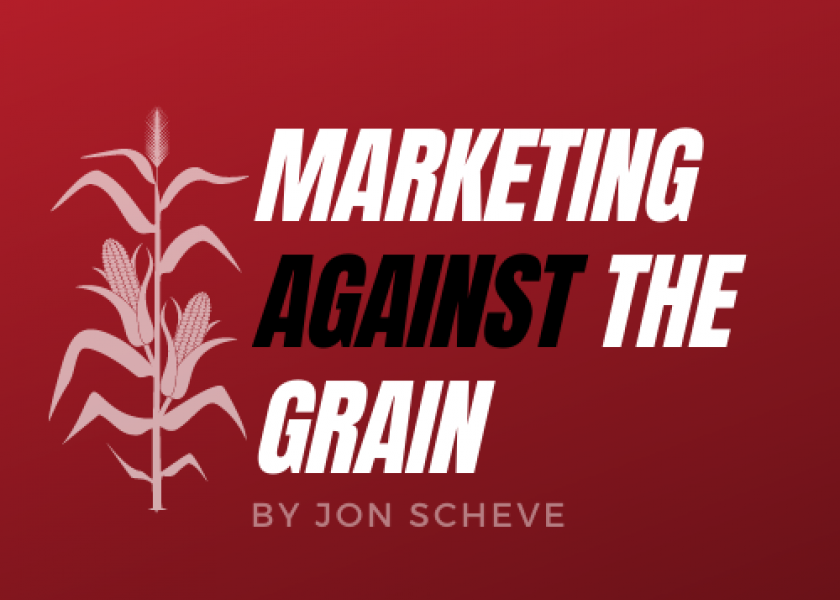If Corn Acres Are Reduced It Does Not Automatically Lead To More Bean Acres

Missed a recent article by Jon Scheve? Get it sent to you directly every week. Send a request by email: jon@superiorfeed.com
Market Commentary for 3/31/23
The USDA released their stocks report Friday and confirmed what was already suspected, there is less corn in storage now compared to last year. This should mean downside in old crop corn prices is limited and US corn exports will be watched closely over the next three months.
Planting Intentions Surveys vs Final Report Trends
The USDA also released the producers planting intentions survey. It is important to keep in mind that this survey was conducted four weeks ago when prices were much higher for both corn and beans. Plus, the unpredictability of weather during planting can have a big impact in the number of acres actually planted.
Over the last 10 years, corn and bean acres were reduced in six years and increased in four years between the March planting intentions survey and the final planting report. In the years acres were reduced, two million fewer corn and bean acres each were planted on average. In the years acres increased, it averaged one million acres total for each crop.
Interestingly, there was only one year, 2014, when total corn acres dropped, and bean acres increased. In 2021 beans had a reduction in acres while corn was higher. During the other eight years, if corn acres changed up OR down, beans had a gain or loss in the same year as well. This is contrary to what I would have expected if corn acres ran into planting issues.
Moving forward, the market will focus on planting conditions and export pace for price direction.
Want to read more by Jon Scheve? Check out recent articles:
How Important Is Each USDA Report?
Did Old Crop Corn Finally Hit A Floor Price?
Have Corn Prices Dropped Too Fast Too Early?
How Will The Market React When Farmers Start Focusing On 2023 Planting?
Will Corn Futures Follow A Historical Trend And Rally Before The End Of April?
How Do Grain Cancellations Work?
Jon Scheve
Superior Feed Ingredients, LLC







